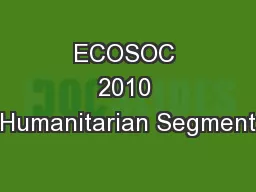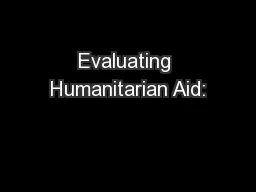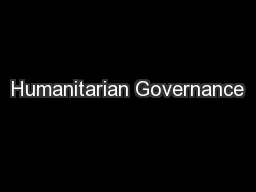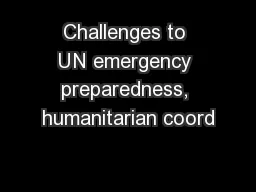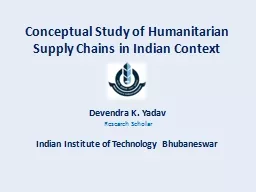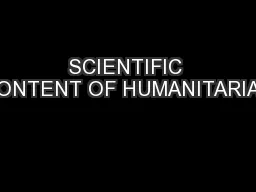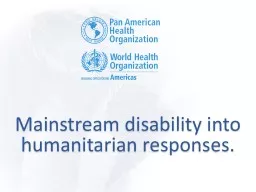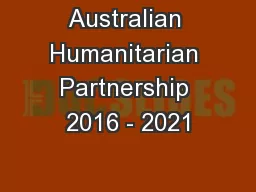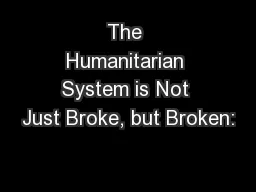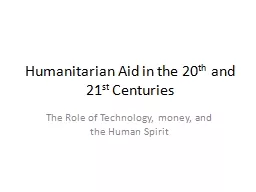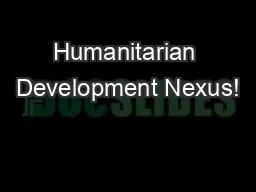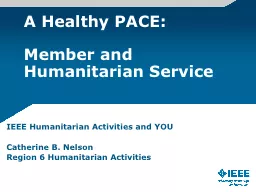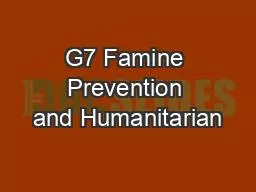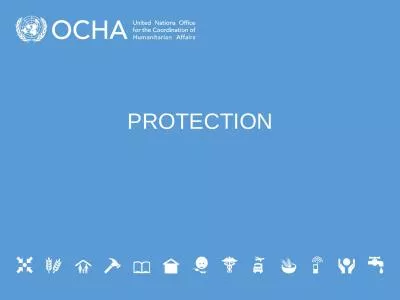PPT-ECOSOC 2010 Humanitarian Segment
Author : lois-ondreau | Published Date : 2016-12-19
Side Event Challenges for Gender Equality Programming in Humanitarian Action Gender Dimensions of Operating in Complex Security Environments Martin Mogwanja Humanitarian
Presentation Embed Code
Download Presentation
Download Presentation The PPT/PDF document "ECOSOC 2010 Humanitarian Segment" is the property of its rightful owner. Permission is granted to download and print the materials on this website for personal, non-commercial use only, and to display it on your personal computer provided you do not modify the materials and that you retain all copyright notices contained in the materials. By downloading content from our website, you accept the terms of this agreement.
ECOSOC 2010 Humanitarian Segment: Transcript
Download Rules Of Document
"ECOSOC 2010 Humanitarian Segment"The content belongs to its owner. You may download and print it for personal use, without modification, and keep all copyright notices. By downloading, you agree to these terms.
Related Documents

